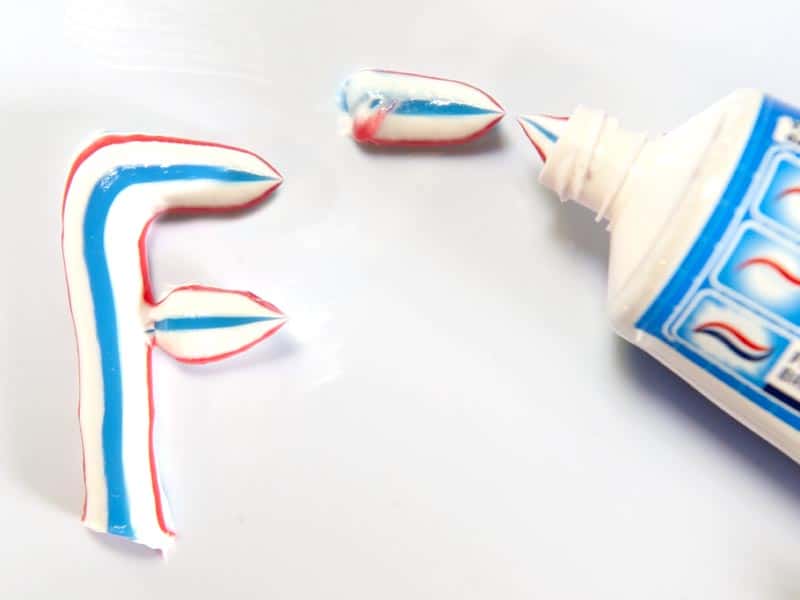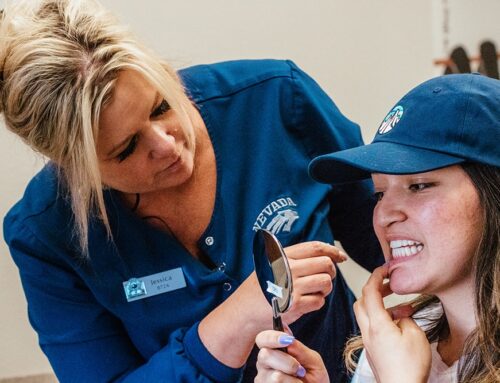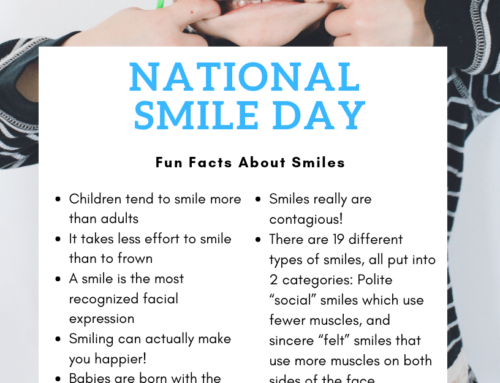
Whether it was applied to your teeth after a dental cleaning or distributed in grade school, you more than likely took fluoride as a child. We were told that it is good for us, and it is. But do you really know what it is and what it does? Further, did you know fluoride can benefit adults just as much as children?
Fluoride is a mineral found throughout the earth’s crust and widely distributed in nature. In fact, some foods and water supplies naturally contain fluoride. It gained traction in the 1930’s when researchers found that people who grew up drinking naturally fluoridated water had up to two-thirds fewer cavities than those who did not. Since then, fluoride has often been added to drinking water to help reduce tooth decay.
So how does fluoride reduce the odds of a cavity? First, we need to understand what causes a cavity in the first place. When a tooth is frequently exposed to acid, such as consuming foods and drinks high in sugar and starches, the repeated cycles of ‘acid attacks’ cause the enamel to lose valuable minerals. This loss of minerals leads to decay, which we call a cavity. Fluoride can help prevent this decay from starting, as it reduces the ability of bacteria to make acid. Therefore, it’s important to use fluoride as a preventative measure before decay has a chance to set in.
Should mineral loss continue, sometimes indicated by a white spot on the tooth, decay can still be stopped and even reversed. The enamel naturally uses the minerals in saliva to strengthen, however by using fluoride there are many more minerals at its disposal. Thus, the odds of successfully rebuilding are much greater than relying on the saliva’s resources alone. So, not only can fluoride prevent mineral loss, but decay in its earliest stages can be slowed and even reversed!
Not only can fluoride prevent and potentially reverse early tooth decay, but it can also assist with sensitivity. Tooth sensitivity is often caused by the exposure of dentin, the part of the tooth that covers the nerves in our teeth. This exposure could be due to either loss of the enamel layer or recession of the gums. Temperature changes and certain foods can cause teeth to be painful as well. The dentin contains many microscopic tubules that run from the outside of the tooth directly to the nerve. When the dentin is exposed, these tubes can be stimulated by changes in temperature or certain foods. Fluoride varnish can be applied to exposed areas, strengthening the enamel and dentin.
While it’s great for children to use fluoride as a preventative tool, adults can certainly benefit from it as well. Professionally applied fluoride varnish is conveniently placed at your hygiene visit. Depending on your caries risk your dentist or hygienist will determine if you’re at a low, moderate, or high risk for caries and will make recommendations as needed.
Contact
Phone | (775) 376-7914
Email | info@salafamilydentistry.com
Hours
| Mon - Fri | 7:00am – 5:00pm |
| Saturday | 7:00am - 3:00pm |
| Sunday | Closed |
Location





